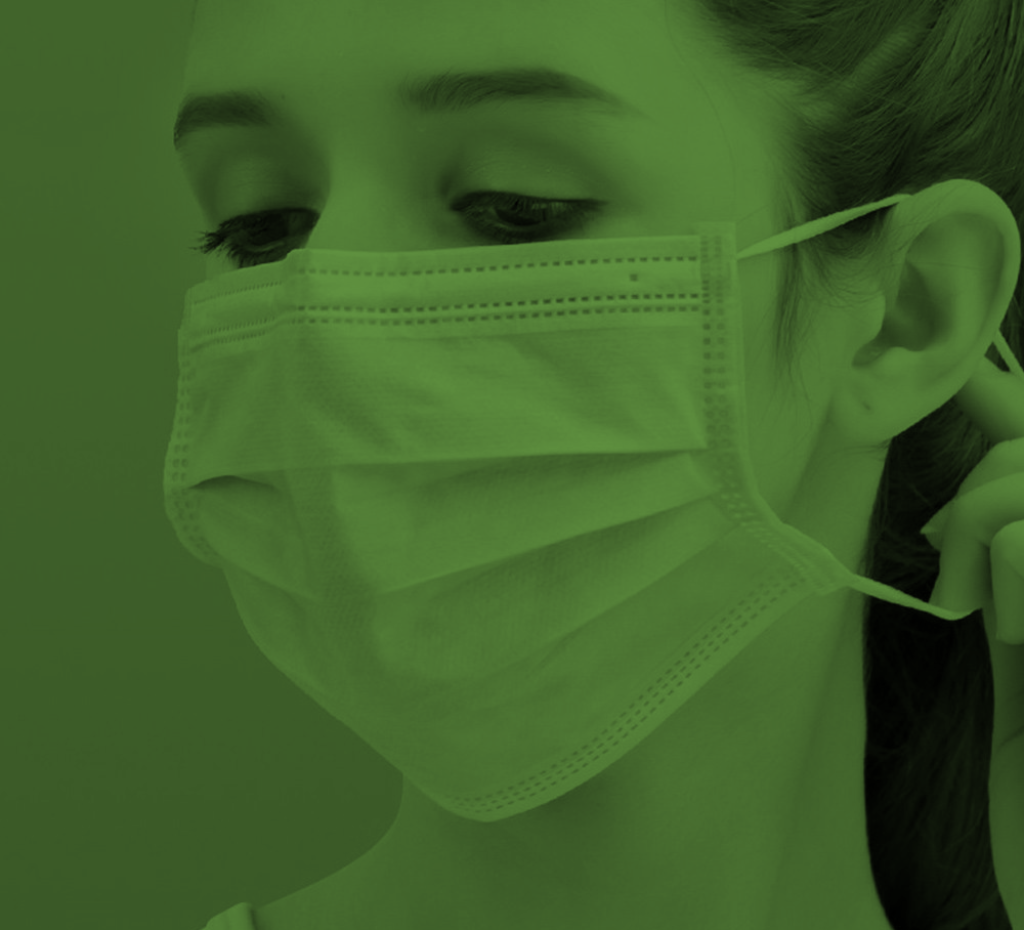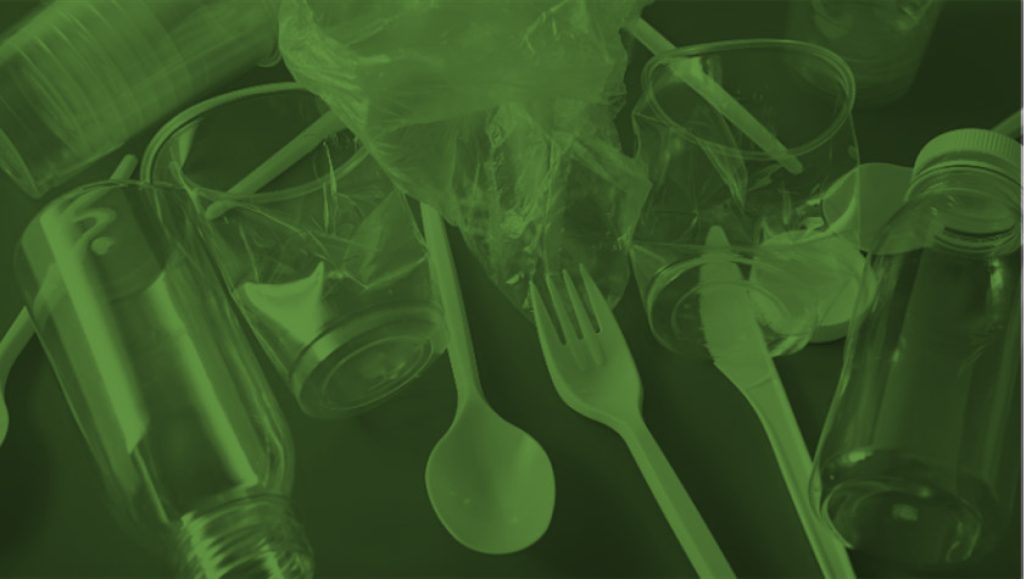COVER:
waste management during the COVID-19 pandemic

how to reduce the problem of disposable mask waste?
To reduce disposable mask waste, you can use reusable mask! Reusable mask is a mask that made from cloth. Beside being able to reduce disposable mask waste, this cloth mask has a variety of colors and motifs that can match your clothes! After using it, you can immediately wash it off with an antiseptic soap properly.
What is Disposable Mask?
The disposable mask is a mask that can only be used once and generally has 3 layers.
type of disposable mask
- N99 and N95 masks
- 3-layers surgical masks
- Hybrid masks
- 4 layer masks
Lembaga Ilmu Pengetahuan Indonesia (LIPI) noted in the range of March to September 2020, the amount of medical waste piles including masks and PPE is estimated to be 1.662,75 tons. The Ministry of Environment and Forestry (KLHK) has recorded an increase of about 30-50% of medical waste during the COVID-19 pandemic in Indonesia.
The Impact of Increasing Single-Use Medical Waste on the Environment
- Increasing medical waste being dumped into the ocean.
The Head of Sub-Directorate for Barang dan Kemasan Direktorat Pengelolaan Sampah Ditjen PSLB3 KHLK, Ujang Solihin Sidik, said that the composition of PPE waste made of plastic that was carried into the river reached 16%. Not only that, according to OceansAsia, there are 1,5 billions masks that will be carried into the world’s ocean by 2020. These medical wastes can harm flora and fauna that live in the oceans. - The increased possibility of being contaminated with hazardous chemical and biological substances due to the increasing number of disposable medical waste.
HOW TO PROCESS DISPOSABLE MASK WASTE BEFORE THROWING IT AWAY?
Roll up and tie a disposable mask before throwing it away.
Cut out disposable masks before throwing them away, both on the rope and on the line.
Collect all medical wastes in one plastic bag for disposal.
Don’t forget to wash your hands after taking out the trash.
What is Single-use Plastic?
In simple terms, single-use plastics can be defined as items primarily made with petrochemicals (chemicals derivied from fossil fuels) and should have been thrown away after a single use. Normally, single-use plastics can be found in packaged from such as bottles, packaging wrappers, straws, and plastic bags.
Based on researched that was conducted by LIPI on “The Impact of PSBB and WFH on Plastic Waste” in the Jabodetabek area on April-May 2020 shows that there is an increase in online shopping carried out by the public by 62% and food delivery by 47%. About 96% of food and beverages packages are wrapped in thick plastic with bubble wrap, plastic bag, cable tie, and tape, all of which are made of plastic.
LIPI research also said that 60% of the respondents considered that the use of plastic wrap doesn’t reduce the risk of exposure to COVID-19 virus.
The Impact of Increasing Single-use Products on the Environment
As reported from UNEP (2018), if the management of single-use plastic is not handled properly it can cause several environmental impacts, such as:
- Polluting soil and water
- Clogging waterways and exacerbating natural disasters
- By 2050, it is predicted that 99% of seabirds will ingest plastic

how to reduce the problem of single-use product waste?
- Keep in mind that using reusable item is safe, as long as don’t touch these items with your mouth, nose, or even eyes! (Upstream, 2020) You can disinfect or sterilize every reusable item that you will use, but keep the 3M.
- For senders of packages or food with single-use products, they can insert a note that the recipient can reuse what has been used to send the package or food.
- Try to but items in bulk and avoid items that are packaged in individual packages
- When ordering food, mark that you don’t need disposable cutlery if you don’t need it!

